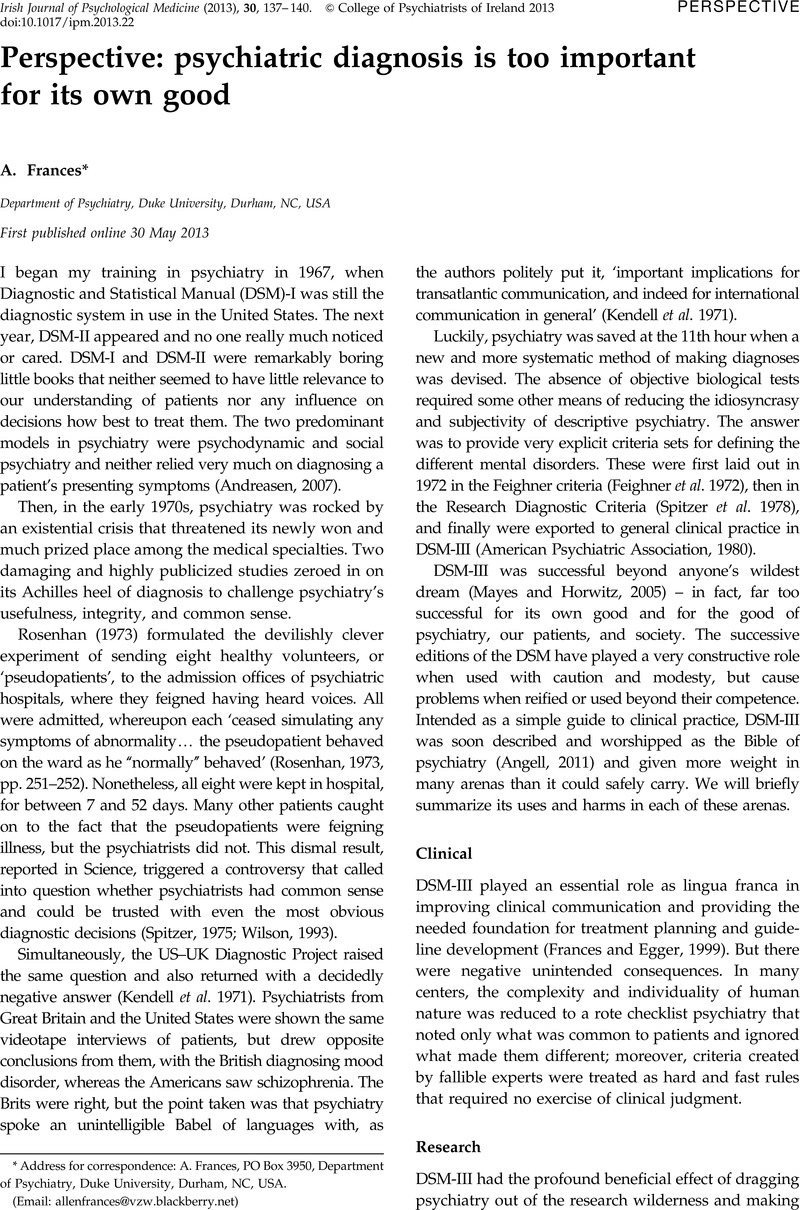Crossref Citations
This article has been cited by the following publications. This list is generated based on data provided by Crossref.
Ibrahim, I.
2014.
Understanding bereavement-related depression: the polemical journey of DSM-5.
Irish Journal of Psychological Medicine,
Vol. 31,
Issue. 3,
p.
195.





